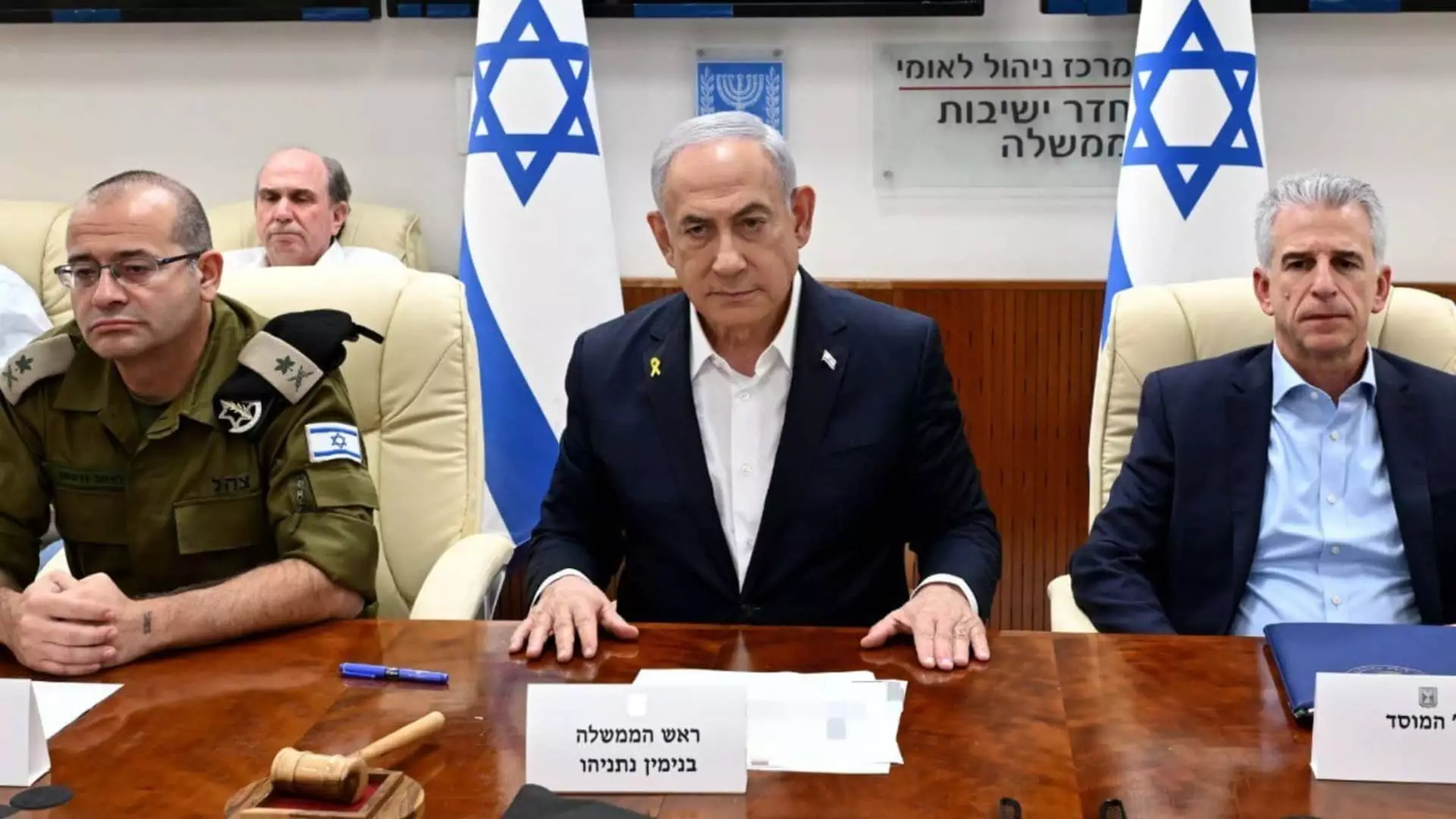The Middle East has long been a region fraught with tension and conflict, a situation that has only intensified in recent months following the resurgence of hostilities between Israel and militant groups like Hamas. The precarious situation escalated significantly when Hamas launched a surprise attack on Israel on October 7, resulting in the loss of around 1,200 lives and taking 250 individuals hostage. This attack set off a chain reaction of violence that saw Israel launching an aggressive military campaign in the Gaza Strip, an action that has reportedly resulted in the deaths of over 42,000 Palestinians, according to local health officials. The desperate humanitarian circumstances have raised alarms globally, as aid agencies report severe shortages of food and medical supplies, especially in the northern Gaza towns under Israeli siege.
This inciting incident was compounded by Iranian military actions, including two ballistic missile strikes directed at Israel in retaliation for perceived Israeli aggression against its proxies, most notably Hezbollah in Lebanon. As tensions reached a boiling point, Israel’s military response included airstrikes targeting Iranian military assets, reflecting a significant escalation in the long-standing rivalry between these two nations.
The Recent Israeli Airstrikes
In the early hours of Saturday, Israel executed a series of airstrikes targeting what it termed “military targets” within Iran—an action that purportedly responded directly to an Iranian missile attack earlier this month. Israeli officials, including Rear Admiral Daniel Hagari, articulated the rationale for these strikes, emphasizing Israel’s sovereign right to defend itself against ongoing threats from Iranian soil and its proxies in the region. The strikes were framed as carefully calculated responses intended to diminish Iranian military capabilities that pose a direct threat to Israeli security.
On the ground in Tehran, reports emerged of explosions reverberating through the city, prompting state media to initially acknowledge the attacks while later attempting to downplay the severity by showing unrelated footage. The lack of immediate clarity regarding casualties and damage elucidates the fog of war that often accompanies such military actions. Flight operations in the region were disrupted as international airlines rerouted their journeys to avoid the area, signaling the international implications of this conflict.
The timing of these airstrikes coincided with U.S. Secretary of State Antony Blinken’s return to the United States following a diplomatic tour aimed at mitigating the escalating conflicts in the Middle East. In this context, Blinken and other U.S. officials had reportedly cautioned Israel against taking measures that could exacerbate regional tensions. The United States was informed of the strikes in advance, which raises questions about the complexities of U.S.-Israel relations and America’s role in mitigating or encouraging conflicts in the region.
While U.S. officials described their involvement as primarily supportive, their warnings reflect a broader concern that an escalated conflict could destabilize already volatile regions. Tehran’s reaction to the Israeli strikes is also crucial. Iranian state media has indicated a strong likelihood of retaliation, intensifying fears of a wider military engagement that could engulf not only Iran and Israel but also involve other regional players like Hezbollah and Syrian forces.
Israel and Iran have been embroiled in a shadowy conflict since the Islamic Revolution of 1979, characterized by indirect confrontations and mutual provocations. Israel considers Iran a paramount threat to its existence, highlighting the rhetoric of Iranian leaders who have called for the end of the Israeli state, coupled with the support that Iran provides to militant groups operating against Israel.
Over the years, Israel has launched various covert operations, including targeted killings of Iranian nuclear scientists and cyber attacks against Iranian nuclear facilities. Conversely, Iran has been accused of orchestrating attacks on shipping routes in the Persian Gulf, trying to exert its influence over the region. The ongoing Israeli campaign against Hamas and Hezbollah complicates this geopolitical landscape, drawing further international attention and involvement.
Amidst these military confrontations, the humanitarian situation continues to deteriorate, particularly in Gaza where civilian casualties grow with each passing day. As Israel forges ahead with its offensive against Hamas, the toll on innocent lives strains the moral and ethical positions of those supporting military actions. Reports of airstrikes in civilian areas, including a tragic incident that claimed the lives of 38, with 13 being children from the same family, underscore the heavy toll war exacts on non-combatants, sparking outrage and calls for a reevaluation of military strategies.
In Lebanon, Israeli airstrikes have similarly resulted in civilian casualties, further complicating the narrative underpinning Israel’s military objectives. The international community watches closely, concerned that the current trajectory could lead to an even broader conflict across the region.
The escalation of military actions between Israel and Iran marks a defining moment in Middle Eastern geopolitics. As both nations adopt increasingly aggressive postures, the potential for a wider regional conflict looms larger, prompting urgent discussions about peace, diplomacy, and humanitarian considerations that must be addressed to prevent further bloodshed.


Leave a Reply